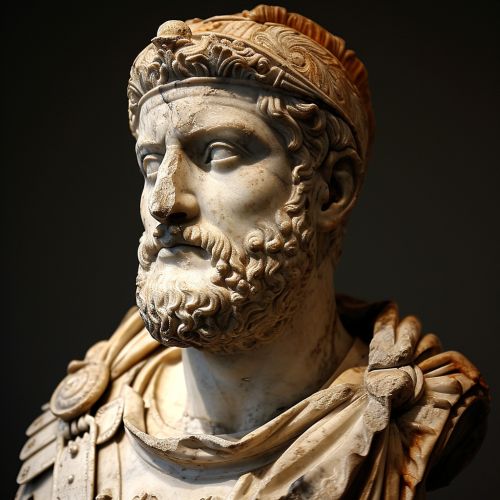History of Rome
Founding and Kingdom
Rome was founded in 753 BC by its first king, Romulus. It grew into a rich and powerful city during the next few hundred years. By AD 275, Rome controlled all the lands around the Mediterranean.


Republic
By 509 BC, Rome had become a republic. The exact nature of the republic's constitution or government is a matter of scholarly debate. The power rested in the hands of the Senate, a chamber of wealthy and noble aristocrats. The Roman Republic saw many conflicts of power, such as the conflict of the Orders between the patrician order and the plebeian order.
Empire
The Roman Empire was established in 27 BC when Octavian became the Emperor Augustus. He was the first of many Roman Emperors, a list that included the likes of Nero, Trajan, and Hadrian. The Empire began to decline in the 3rd century, splitting into the Western Roman Empire and the Eastern Roman Empire.
Fall of Rome
The fall of Rome refers to the downfall of the Western Roman Empire. This was a process rather than a single event. It occurred over a period of more than a century, culminating in 476 AD when the last Roman Emperor, Romulus Augustus, was deposed by the German chieftain Odoacer.
Legacy
The legacy of Ancient Rome is widespread and can be observed in the global distribution of civilian law, republican governments, Christianity and the Latin script. Rome's architectural and engineering feats remain to be matched in the modern world.
